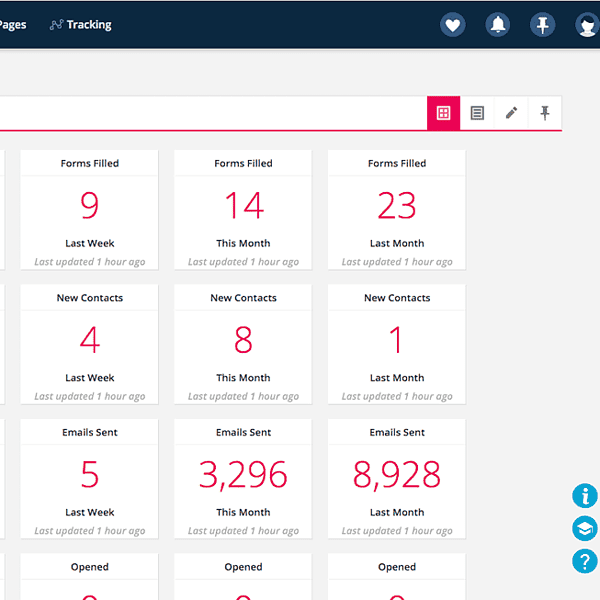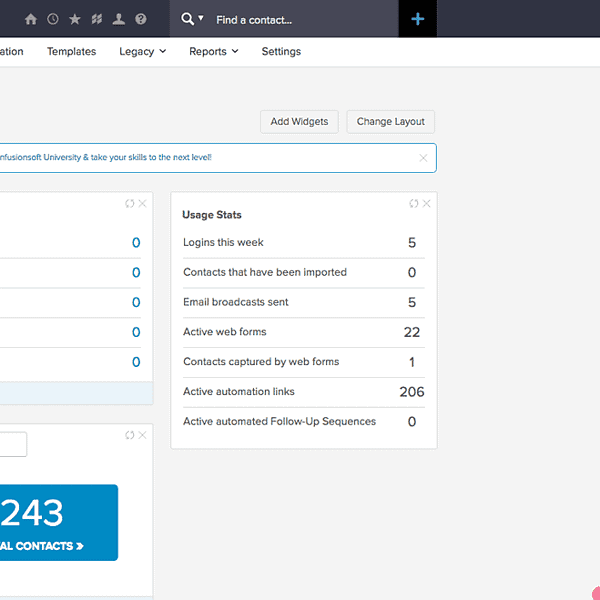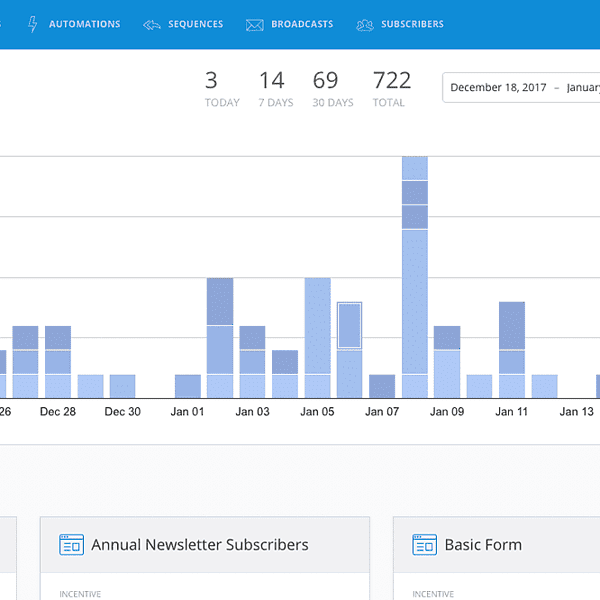Confession time: I deleted the original version of this post, because most automation marketing comparison posts are too neutral and just compare features.
Anyone can list features…
But it takes some balls to talk about the nuances that make it worth choosing a certain marketing automation tool over another.
So that’s what you’ll find in this very candid marketing automation platforms comparison. Because that’s the kind of marketing automation tools comparison I would be looking for to help me decide which option to choose.
What Makes Me Qualified To Compare These Systems?
I’ve been using one of the first all-in-one marketing automation platforms since 2011, which means I’ve spent just shy of $45,000 on this tool.
You can bet that’s motivation to use the tool to the fullest to help me grow my business, but it’s also made me aware of what other options are out there.
I’m also the founder of AccessAlly, which is a course and membership plugin for WordPress that deeply integrates with the CRM and marketing automation platforms I’ll be reviewing.
In fact, we not only know the APIs of each of these companies and how fast they develop new features…
But over the past few years, I’ve worked closely with the 6 leading small business automation marketing companies in our space.
I’ve visited their offices, sponsored their events, and met with their key employees in person.
I’ve seen the good and the bad. I’ve witnessed employees leave, bugs get released, and the seedy underbelly of the software world. (I’m no stranger to that world, having worked in Silicon Valley at a startup that was being sued by IBM!)
I’m also an affiliate, which means that if you sign up for any of these marketing automation tools, at no additional cost, I will earn a commission. This in no way sways my opinions on these platforms, I just want to pass on my experience.
Now let’s dive into the review, so you can get on with making the right marketing automation decision for your business!
Marketing Automation Tools vs. CRMs
I tend to use the two terms interchangeably, but Customer Relationship Management systems tend to have a fuller feature set.
Your CRM is the hub of your business, where you store all of a customer’s data… like their address, the products they’ve purchased, and which emails they’ve interacted with.
Marketing automation software for small business can often act as a CRM or central information hub with a few added custom fields.
As far as the companies we’ll be looking at today, here is the breakdown:
Marketing Automation Focused
Customer Relationship Management Focused
Pricing & Your Budget
If you’re just starting out, you may be more budget conscious but you also need to recognize that each of these marketing automation platforms has different pricing models as your business grows.
For example, one CRM might be affordable today but if you were to grow your email list and customer base, another platform might have the price advantage.
That’s why I put together this chart, to give you an idea… Now I fully realize this chart may be out of date the second I hit publish because these companies are notorious for testing different pricing and offers.
But do a little back of the envelope math before you sign up based on the price you’ll pay today…


Although most email marketing systems are built to scale with you (at a cost, of course!), some have lower priced packages for smaller email lists. This can be a game-changer when your revenue hasn’t hit full throttle yet but you’re still ready to use the power of automation.
Once your email list numbers start growing, there are certain advantages to platforms like Infusionsoft by Keap and Ontraport, that don’t increase as steeply. For example, we have the 100,000 subscriber plan from Infusionsoft and we pay half the rate we might with some of the other platforms.
Consider this:
Every business goes through roughly an 18-month business cycle.
Think of it as the 18-month rule: your business will either have doubled, changed directions, or you’ll have released a new offering.
Things change quickly in the business world, and in 18-months you’ll likely be in a different “price bracket”. So plan for your business growth, and sign up for the platform you can grow into.
I never want to recommend that you “overbuy” and waste your precious startup capital (that would be a bad idea!) but also consider the costs of moving.
If you go with a solution because it’s affordable now, but in 18-months you realize you really needed that expanded feature set… the time and very real monetary investments required to move may wipe out any savings you got initially.
Beyond the monthly or yearly pricing of marketing software for small businesses, there may be other costs to consider.
Consider The Price of Add-On Users
If you have a team of virtual assistants helping you, you’ll want to see how many “User licenses” you get.
Are you the only person who will access the CRM/email marketing platform, or do you need multiple user accounts for the whole team?
While some companies might be able to work with a single login that everyone uses, others might be a little more attentive to making sure each person has a separate login… which can affect the price.
Each package or plan is different, and you don’t want to start paying extra every month because you didn’t realize this wasn’t included.
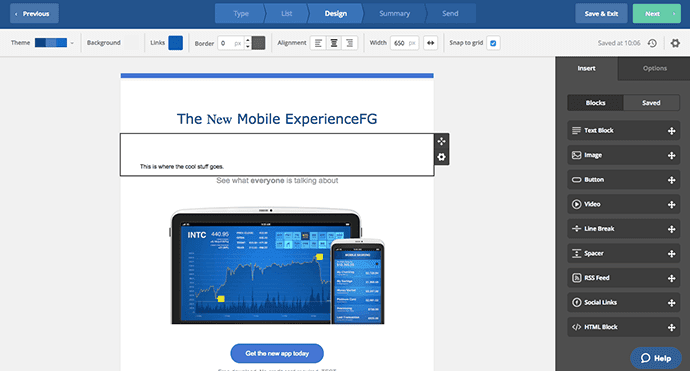

Consider The Price of Emailing Often
Another important thing to consider is how many emails you’re allowed to send each month, for your plan and email list size.
If you email often (which will likely help you sell more, keep existing customers longer, and recoup your CRM investments!) then you need to know what limits there are here.
Are you going to use your platform only for the once-a-week newsletter… or will you use it for sales emails, login notifications, opt-in confirmations, and customer follow-up?
The amount of emails you send will affect which package you sign up for, and is a separate consideration from the number of contacts you need.
In short: there isn’t a static price for each tag-based CRM. Take the time to see what package or price point would fit you now – and where you’d be if your contact list were to double or triple in the next 18-months.
Plans will vary again here, and one thing to keep in mind is that often these marketing automation systems will put a limit on number of emails for one reason: to ensure that their clients’ emails get delivered properly.
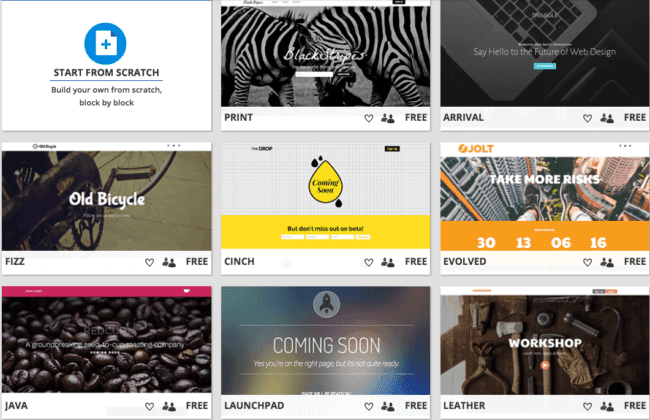

Consider The Price of Integrations
Finally, the other hidden costs of a marketing automation system to compare are the integrations.
Both Infusionsoft by Keap and Ontraport come with landing page builders, so you don’t need to spring for something like LeadPages.
If you’re looking to add e-commerce or affiliate tracking, again with Infusionsoft by Keap and Ontraport, that comes built-in. The same goes for SMS and texting customers or prospects.
Granted, if you’re using AccessAlly, you have a built-in affiliate management system at your fingertips to use with every platform compared here, as well.
Adding these things separately can add up, so write down a list of your “must-haves” and make sure you have a good solution for each.


CRM Email Deliverability Sucks – But Which One Sucks Less?
I’ll be the first to admit it: none of these CRM companies will be seen as the “good guy” when it comes to email deliverability.
Because no one celebrates when an email gets delivered properly (we just expect that). But boy do we ever make a fuss when an email fails to deliver.
The reality is that each of these automation marketing companies has had email deliverability hiccups, one way or another.
For some, it’s due to growing pains and having more customers sending emails than ever before.
For others, it’s caused by a system outage or even email servers changing up their filters.
The bottom line: you’ll find people who have horror stories of emails not being delivered properly from each of these CRMs. So in a sense, they all suck… so the question becomes, which one sucks less?
We’ve got an in-depth post about improving email deliverability here, and your relationship with your list will impact your ability to get an email to the inbox properly.
That being said, it’s helpful to get comparison data from different sources. (If you’re switching email marketing platforms because of your own bad experiences, read the full how to switch email platform guide here.)
Some business owners like Jessica Nazarali report that ActiveCampaign has very good email deliverability when doing side by side comparisons with Infusionsoft.
Steve Chou found that Drip had better deliverability than Kit.
Yet at the same time, Email Tool Tester ran a side by side comparison with GlockApps and found that Kit had better deliverability than ActiveCampaign or Drip.
I’ve never heard of any Ontraport email deliverability complaints (at least not on the scale that warrants putting up a red flag), and that’s because they offer the ability to use your own IP address.
You can also send through third parties like SendGrid if you send a lot of emails. This makes them a very strong candidate for larger email lists or businesses when it comes to deliverability.
Pat Flynn talks about his Infusionsoft email deliverability woes, and why he switched to Kit. Don’t discount his experience, but do keep in mind that he is a Kit advisor.
As for myself, we have found our email deliverability with Infusionsoft to be very good for campaign emails, and great for smaller broadcasts. If we do a broadcast to our entire database, we may not reach as many inboxes as we’d like. But overall, it’s not to the point of switching.
This single piece of the puzzle may be the hardest to decipher for your particular business and list… so you’ll want to run your own tests with GlockApps if you are considering moving.
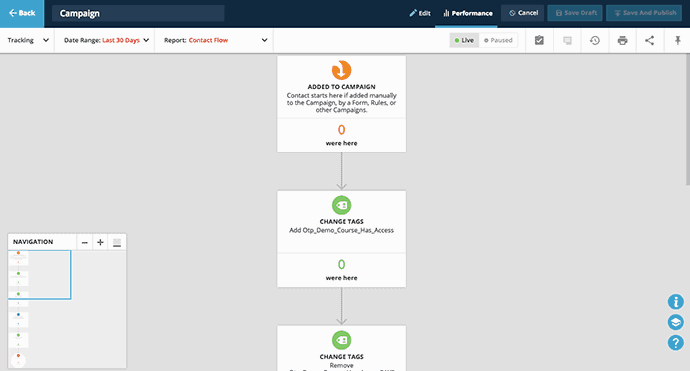

Speed of Implementation
Each of these marketing automation platforms is aggressively building in new features and functionality…
And some have advantages in size: smaller companies like Drip and Kit are more agile. They’re probably the closest to cutting edge, but they are also not as full-featured as some of the other systems.
ActiveCampaign is growing fast and adding new team members at lightning speed. Their community is super strong, and they “get” what their customers want.
Ontraport has an amazing team culture, and their product is very mature at this point, but they’re still adding cool new stuff too. We’ve created a full comparison guide of Ontraport vs. ActiveCampaign.
Infusionsoft by Keap is probably the most mature in this space, and they have spread themselves thin over the years with building out a lot of different offerings, including their newest system, Keap.
But I believe they are refocused with new management and they’ve been releasing some solid updates on a regular basis since their re-organization and Keap release.
Feature Sets and Integrations
Although I don’t think it makes sense to compare each and every feature of these marketing automation systems… There is something to be said for “how well the main features work”.
In fact, it’s one of the things that we pride ourselves on with AccessAlly, it may have similar feature sets as other membership plugins, but it’s easier to set up and use.


Email Builder and Templates
Since the core of automated email marketing software is sending emails, it makes sense to look at the email builder functionality of each of these platforms.
Kit has a beautiful and simple interface, where you can choose from 4 clean templates. Inserting an image and previewing an email is easy, but the templates are not super visual.
Drip originally had a very similar plain text email focus, and they have since released more templated email designs to choose from.
ActiveCampaign has about 35 different visual email templates to choose from which are mobile-friendly. This is great if you want something other than a plain text email.
On the other hand, for those who want simple plain text, like Andre Chaperon, who writes about how he finds the ActiveCampaign email editor to be clunky, and the main reason he moved off of the platform…
Ontraport has ONTRAMail which offers a lot of visual templates to choose from, so if you want to have something to start with and customize this is a great option. You can also do plain text emails.
Infusionsoft also offers visual templates to start with, and you can customize these to suit your branding. To do plain text emails you do need to revert to using HTML, which is what we tend to do because the email builder is not set up for that.
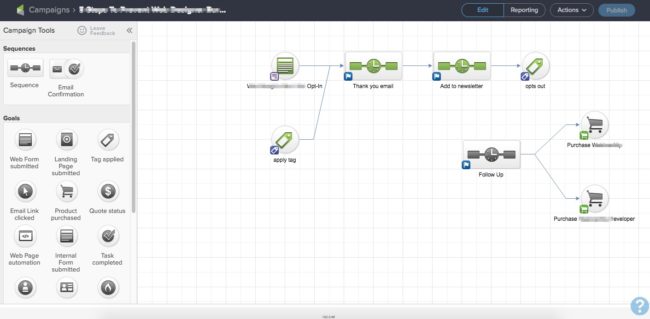

Automation & Segmentation Capabilities
Simple email marketing systems rely on lists to organize the contacts in your system… but for tag-based CRMs and automation marketing systems, your options are far more powerful.
Using unique tags to identify and sort your contacts allows you to be more granular and targeted in the marketing and sales materials you send out.
These tags have many uses, from triggering automations and self-segmentation to providing more opportunities for upselling and cross-selling your products.
A simple automation might be a welcome email that sends the moment anyone subscribes to your email list.
More advanced automations might be to deliver dripped course content, follow-up with students who haven’t been active, or follow-up on credit cards that expired to collect payments.
Using automations to power everything behind the scenes in your business means you need the ability to use timer delays, user action triggers, and API integrations with other software tools.
Reporting, Data, and Lead Scoring
This one may be a can of worms to compare because each business will want to look at data differently… But the bottom line is that we’re all looking for behavior data that we can use to make better marketing decisions.
Some platforms were designed to offer Lead Scoring like Infusionsoft, Ontraport, and Drip.
Drip offers a very granular and flexible approach to lead scoring.
For Ontraport’s lead scoring, some bloggers found that it was too complex to wrap their heads around it… But hiring an Ontraport Consultant might help here.
Similarly, Infusionsoft’s lead scoring feature is not often used to its full potential, because it’s not as intuitive as Drip’s. We personally haven’t set it up in all of our years using Infusionsoft.
On the other hand, lead scoring is something that ActiveCampaign does very well. It offers in-depth strategy and lets you award points as you see fit.
We’ve heard users talk about how they really missed the lead scoring functionality they had before switching to Kit. Similarly, if you’re using your CRM to nurture leads to become clients, this business owner found that Drip performed better lead scoring than Kit.
Visual Interface
The most powerful tool in the world is one that you can use. Software tends to be developed feature-first, with user-friendliness built in over time.
Even just a few months ago, this section would have been totally different… but like I mentioned, each of these companies has been pushing out new releases often.
This means that they all boast a great visual interface for building out marketing automations.
Take your pick and see which one might suit how your brain works, best:
So, while feature comparison should be a primary concern when you’re choosing your CRM/email marketing automation software… your final decision should also consider whether you or a specialist trained in the software, will be the one taking care of setup and ongoing work inside the CRM.
Payments, E-commerce, Affiliate Systems
With Infusionsoft by Keap and Ontraport, you’re looking at a more robust all-in-one platform that will take credit card payments, as well as track affiliate sales.
This makes these platforms a better fit for e-commerce shops, or those who want to tie their automations into their sales workflows.
Keap does allow you to send invoices to each client for services, but it’s not designed to work as a shopping cart with order forms at the moment.
Yes, there are also add-on options for Drip, Kit, ActiveCampaign, and Keap – and AccessAlly’s built-in subscription payment system is one of them.
Other Advanced Stuff
Drip offers Liquid Templates, where you can dynamically insert different content based on who the email will be sent to is pretty sweet. It’s the kind of thing big companies do every day, but it’s been fairly complex until now for smaller business owners.
Facebook Custom Audiences Integration is another thing that you might find important if you run a lot of Facebook ads.
The integrations possible with Drip’s FB custom audiences and Ontraport’s FB custom audiences features. These are two examples of a powerful way to connect the information inside your CRM with another data source for more powerful marketing and advertising.
Unlike any of the other systems here, Keap has a built-in appointment booking feature that makes it possible to book calls and sessions with your clients inside Keap, eliminating the need for an additional tool in your tech stack.
You might also want the ability to do split testing on your emails or campaigns. Split testing is built into every one of these CRMs, to some degree (unlike other outdated reviews might report).
Infusionsoft is probably the trickiest to set up split tests with, but it is possible with a little elbow grease.
Customer Support and Employee Response Time
This may fall under the same “everyone has a bad example to share” scenario as the email deliverability comparison… But I do believe that each of these CRM companies has their customers’ best interests at heart.
Since I haven’t personally had to contact support for each of these CRMs, I’ll ask that if you have a good or bad experience with any of these companies, please leave a comment on this post so we can crowdsource!
My Recommendations
After all of this information, you might still be wondering which of these marketing automation platforms is right for you…
AccessAlly includes its own built-in subscription and one-time payment and affiliate management system, which works with Keap, Drip, Kit, and ActiveCampaign (in addition to Infusionsoft and Ontraport, of course!). This can really level the playing field and open up the options if affiliate marketing is a big part of your business.
So here’s my best take on the CRM landscape right now, and who each tool is right for. The truth is that each system has its pros and cons, but mostly they are designed for different users at a different point in their business.
If You’re Starting Out as a Blogger
Kit is a great automation marketing platform for bloggers and content marketers. It has everything you need out of the box, and you won’t get lost in any of the complexities of the other options.
If You Need Sales Force Automation
ActiveCampaign is great for more visual email newsletters, and if you want some flexibility in your automations, with a lightweight solution that won’t bog you down.
If You Do One-on-One Sales
Keap is a great marketing automation platform for converting your incoming leads into clients. It’s ideal for small businesses interacting 1:1 with their clients. If you have a 1 to many business model, I’d recommend taking a look at the other systems in this review, unless you plan to use AccessAlly to support your e-commerce and affiliate needs.
If You Want to Hire a Specialist To Set Things Up For You
Infusionsoft by Keap is still the “big kahuna” in a lot of ways with what it can do, but chances are you won’t want to take on the learning curve yourself and you may want to hire someone to set it up for you. We do all of our own Infusionsoft setup, but we’re also techies.
If You Need Ecommerce with an Affiliate System
Ontraport is a great option if you what it all, and you highly value email deliverability. I think they’ve come a long way, and are a very strong contender in the all-in-one marketing automation and CRM space. I also think their community is super supportive and positive!
If You Want Advanced Streamlined Geeky Functionality
Drip offers a lot of geek-level functionality that makes it very powerful under the hood, without overwhelming you if you don’t want to use all of these bells and whistles yet. I think this platform offers a lot of room for growth.
Share Your Personal Experience in the Comments Below
These are my unvarnished experiences, but I know that everyone will have a different take on things… or other benefits and drawbacks for each of these marketing automation platforms that I may not have considered.
So go ahead, leave a comment below and let us know: what made you pick your marketing automation system? What’s missing in this marketing automation tools review?



